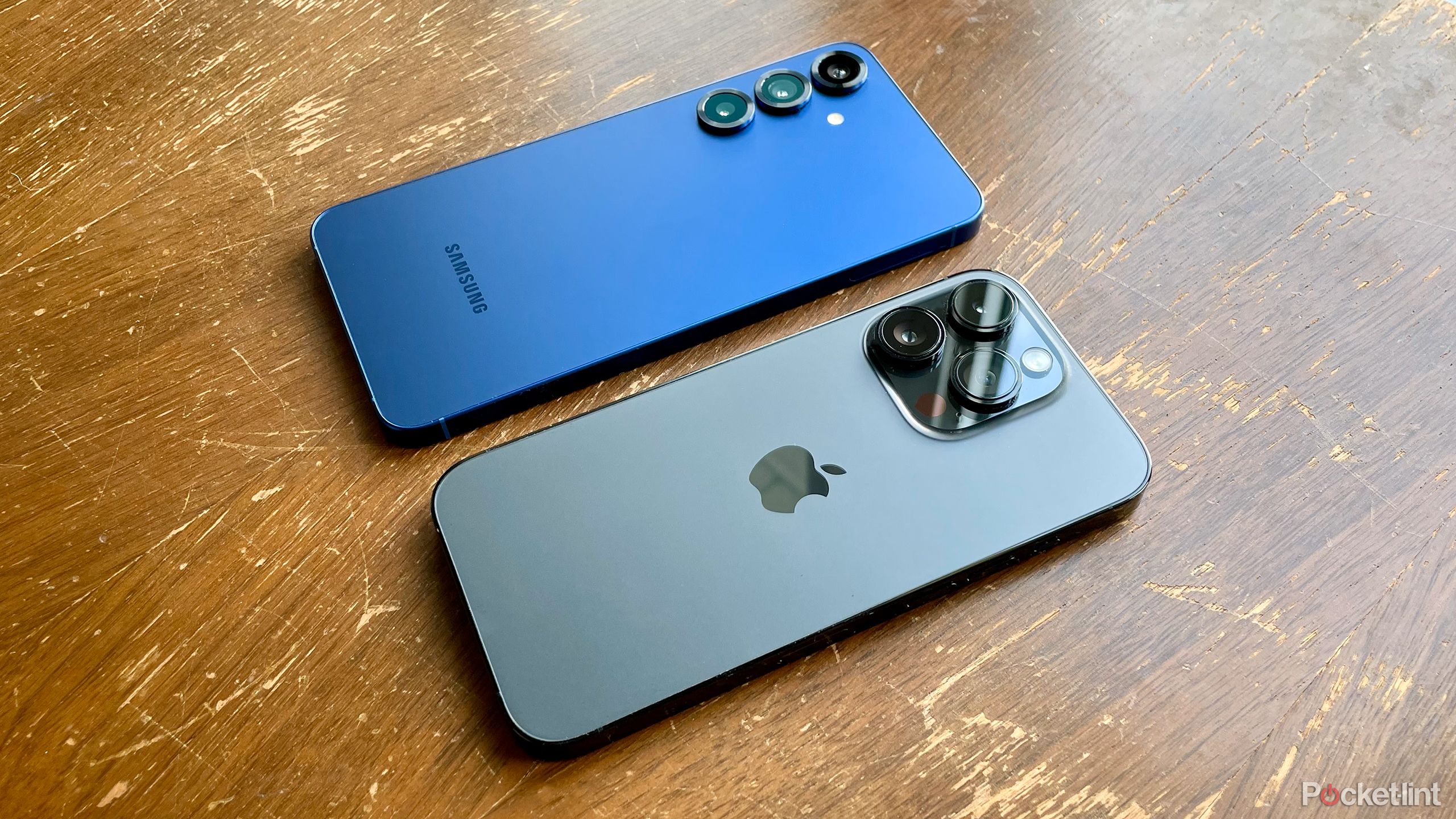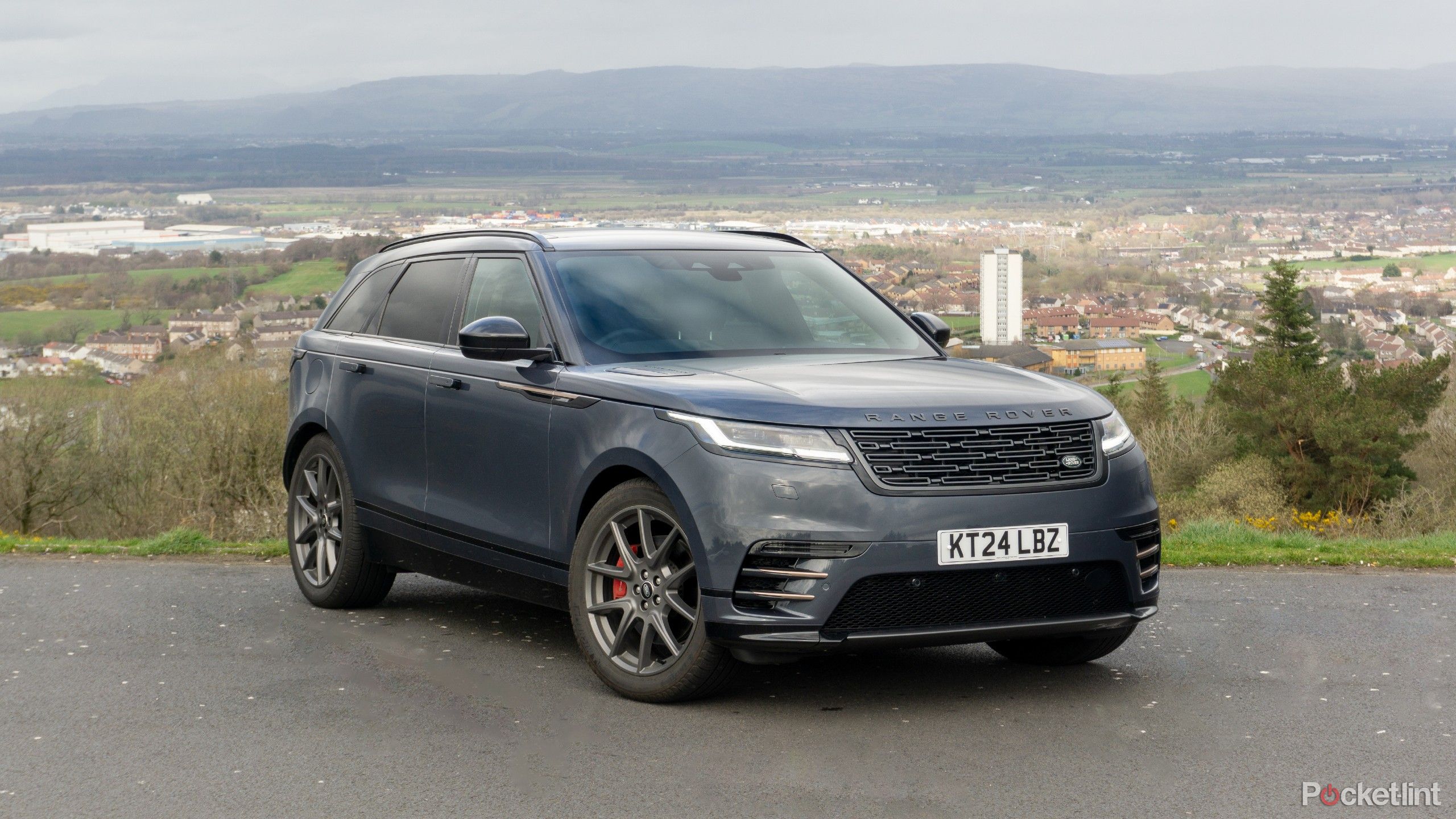Our plan is to have satellite connectivity as a standard offering starting now: Qualcomm’s Rajen Vagadia
The Mobile World Congress (MWC) 2023 just wrapped up with Qualcomm making a host of announcements, including the one where it said that it was partnering with Honor, Motorola, Nothing, Oppo, Vivo and Xiaomi to bring satellite communication to Android phones by leveraging the capabilities of Snapdragon Satellite.
Now, Snapdragon Satellite is a satellite-based two-way capable messaging solution for premium smartphones. It is aimed to help smartphone makers to provide global connectivity using mobile messaging from around the world, starting with devices based on the flagship Snapdragon 8 Gen 2 Mobile Platform. It was announced at CES 2023, and it uses Iridium’s weather-resilient L-band spectrum for uplink and downlink.
On the sidelines of these developments, we sat down for a conversation with Rajen Vagadia, Vice President, Qualcomm India Private Limited and President, Qualcomm India & SAARC, to understand Qualcomm’s plans for satellite communication, 5G and more in 2023. During our conversation, he said that satellite communication will be available on all Qualcomm Snapdragon mobile chipsets starting 2023.
Importance of Satellite Communication
The Qualcomm executive said that one of the major areas where satellite communication will prove to be useful is in the areas with without any network coverage. Apart from that, it will also be helpful in case of emergencies.
“It’s well known that while we talk about coverage of network, we’ve seen that in any geography operators have ensured that you have cellular coverage across. There are always going to be those fringe areas where you many not have the deep coverage. Satellite connectivity does help in those emergencies. That’s one of the big use-cases,” he said.
“But at this stage what we feel is that in case of such emergencies, in case of such exigencies, it could be a major bailout for human life. So that is one big use case of satellite communication,” he added.
Availability of satellite communication
Talking about availability, Vagadia said that satellite communication will be available on smartphones starting 2023. While smartphones will not support it, newer devices, across Qualcomm’s tier of chipsets, will support it.
“Our stated plan is to have satellite connectivity as a standard offering in our product roadmap coming up from now. It will be across the tiers and you understand our tiers — 8-series, 7-series, 6-series, 4-series. Across all tiers, our plan is to enable this offering and as always, it’s a part of the modem solution offered. So, the OEMs will have to enable it on their devices. But at a feature support level, we will be enabling it on all chipsets,” Vagadia told us.
“The existing devices, of course, will not support but the newer devices will support it,” he added.
About the availability of 5G
Talking about 5G, the Qualcomm executive said that 5G is already mainstream and that it won’t require any extra effort for adoption.
“I think, to me it looks like it’s already mainstream. As networks proliferate, this will become almost a sort of a given…So, essentially I think it’s on a traction where it doesn’t need any more extra effort. It’s going to be on its own,” he said.
Migration from 2G and 4G to 5G
Talking about migration from 2G and 4G to 5G, Vagadia said that it will happen gradually and rather organically. People will either buy a 5G phone while upgrading to a new device or the data consumption patterns will become such that upgradation to a 5G device will become a necessity.
“There are two ways this can likely happen. One is the natural way that you upgrade your phone at whatever is the cycle period and the next phone you buy will be 5G. So that’s one way you get on to the system. The second is the consumption pattern. Once you have a higher speed, it becomes essential…Use cases primarily driving huge demand for big bandwidth, primarily OTT and gaming to start with, and that will make it so essentially that if you are holding a 5G phone in a good 5G area and you’re gaming and I just swap your phone with a 4G, there’s a good chance that you may say that you give me the other phone,” Vagadia told us.
On IOT devices
Talking about IoT, the Qualcomm VP said that IoT devices will become smarter and more connected and that IoT devices will prove to be important in the adoption of 5G.
“In the transition to 5G, one very different that happened is that IoT is going to be an anchor use-case for 5G and in the coming days massive IoT is going to be the norm.”
“Everything is getting connectivity and it is getting intelligently connected. So, as more and more devices get connected, two things fundamentally are going to happen. One is how much of intelligence we add to the devices and second is how secure we make them…Once thing we have to address as a challenge is that how each one of them are able to talk so that I don’t have six apps,” he added.
The post Our plan is to have satellite connectivity as a standard offering starting now: Qualcomm’s Rajen Vagadia appeared first on Techlusive.

The Mobile World Congress (MWC) 2023 just wrapped up with Qualcomm making a host of announcements, including the one where it said that it was partnering with Honor, Motorola, Nothing, Oppo, Vivo and Xiaomi to bring satellite communication to Android phones by leveraging the capabilities of Snapdragon Satellite.
Now, Snapdragon Satellite is a satellite-based two-way capable messaging solution for premium smartphones. It is aimed to help smartphone makers to provide global connectivity using mobile messaging from around the world, starting with devices based on the flagship Snapdragon 8 Gen 2 Mobile Platform. It was announced at CES 2023, and it uses Iridium’s weather-resilient L-band spectrum for uplink and downlink.
On the sidelines of these developments, we sat down for a conversation with Rajen Vagadia, Vice President, Qualcomm India Private Limited and President, Qualcomm India & SAARC, to understand Qualcomm’s plans for satellite communication, 5G and more in 2023. During our conversation, he said that satellite communication will be available on all Qualcomm Snapdragon mobile chipsets starting 2023.
Importance of Satellite Communication
The Qualcomm executive said that one of the major areas where satellite communication will prove to be useful is in the areas with without any network coverage. Apart from that, it will also be helpful in case of emergencies.
“It’s well known that while we talk about coverage of network, we’ve seen that in any geography operators have ensured that you have cellular coverage across. There are always going to be those fringe areas where you many not have the deep coverage. Satellite connectivity does help in those emergencies. That’s one of the big use-cases,” he said.
“But at this stage what we feel is that in case of such emergencies, in case of such exigencies, it could be a major bailout for human life. So that is one big use case of satellite communication,” he added.
Availability of satellite communication
Talking about availability, Vagadia said that satellite communication will be available on smartphones starting 2023. While smartphones will not support it, newer devices, across Qualcomm’s tier of chipsets, will support it.
“Our stated plan is to have satellite connectivity as a standard offering in our product roadmap coming up from now. It will be across the tiers and you understand our tiers — 8-series, 7-series, 6-series, 4-series. Across all tiers, our plan is to enable this offering and as always, it’s a part of the modem solution offered. So, the OEMs will have to enable it on their devices. But at a feature support level, we will be enabling it on all chipsets,” Vagadia told us.
“The existing devices, of course, will not support but the newer devices will support it,” he added.
About the availability of 5G
Talking about 5G, the Qualcomm executive said that 5G is already mainstream and that it won’t require any extra effort for adoption.
“I think, to me it looks like it’s already mainstream. As networks proliferate, this will become almost a sort of a given…So, essentially I think it’s on a traction where it doesn’t need any more extra effort. It’s going to be on its own,” he said.
Migration from 2G and 4G to 5G
Talking about migration from 2G and 4G to 5G, Vagadia said that it will happen gradually and rather organically. People will either buy a 5G phone while upgrading to a new device or the data consumption patterns will become such that upgradation to a 5G device will become a necessity.
“There are two ways this can likely happen. One is the natural way that you upgrade your phone at whatever is the cycle period and the next phone you buy will be 5G. So that’s one way you get on to the system. The second is the consumption pattern. Once you have a higher speed, it becomes essential…Use cases primarily driving huge demand for big bandwidth, primarily OTT and gaming to start with, and that will make it so essentially that if you are holding a 5G phone in a good 5G area and you’re gaming and I just swap your phone with a 4G, there’s a good chance that you may say that you give me the other phone,” Vagadia told us.
On IOT devices
Talking about IoT, the Qualcomm VP said that IoT devices will become smarter and more connected and that IoT devices will prove to be important in the adoption of 5G.
“In the transition to 5G, one very different that happened is that IoT is going to be an anchor use-case for 5G and in the coming days massive IoT is going to be the norm.”
“Everything is getting connectivity and it is getting intelligently connected. So, as more and more devices get connected, two things fundamentally are going to happen. One is how much of intelligence we add to the devices and second is how secure we make them…Once thing we have to address as a challenge is that how each one of them are able to talk so that I don’t have six apps,” he added.
The post Our plan is to have satellite connectivity as a standard offering starting now: Qualcomm’s Rajen Vagadia appeared first on Techlusive.






